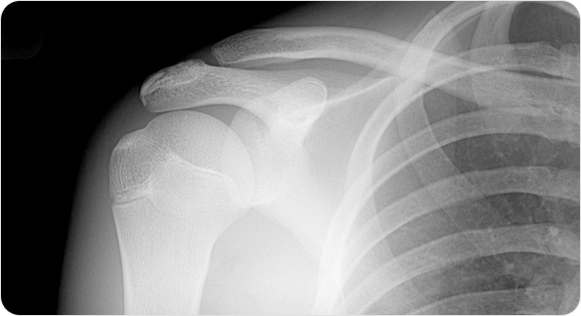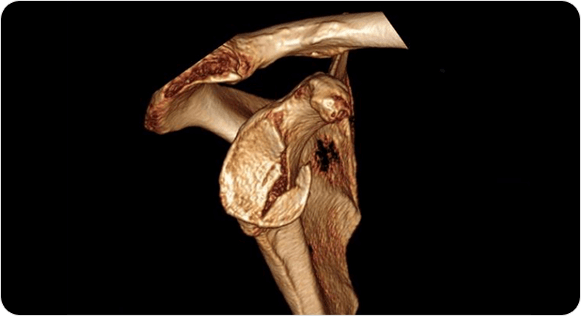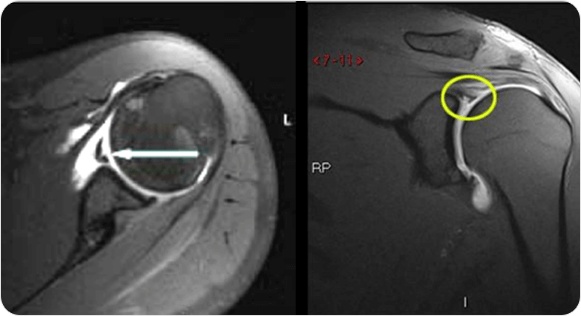- Overview
- Anterior Cruciate Ligament (ACL) Clinic
- Shoulder Labral Clinic
- Apollo Clinical Team
How our doctors diagnose the Labral injury?
Clinical Examination
During patient’s visit, our Sports Medicine specialist will talk about the symptoms and medical history. Patient will be clinically evaluated by our specialist, who will check all the structures of the injured shoulder, and compare them to the non-injured shoulder.
Imaging Tests
X-rays: Although this investigation may not reveal any injury to the labrum, however, X-rays can show whether the injury is associated with a broken bone; which is important from clinical point of view.

CT Scan: A 3-Dimensional Cross sectional CT scan will help diagnosing Bony Bankart, Hill–Sachs lesion & Gleno-Humeral bone stock. Tracking CT studies will help to identify engaging bony lesions.

Magnetic Resonance Imaging (MRI) scan. An MRI uses radio waves and a strong magnetic field to create images of both hard and soft tissues in your body. An MRI can show the extent of a labral injury and signs of damage to other tissues in the shoulder, including the cartilage. MR Arthrogram will aid diagnosing occult lesions which might be missed in plain MR studies.

Long Term Complication of Labral Injury
Individuals who sustain Labral injuries are at a higher risk of developing recurrent shoulder dislocations & osteoarthritis in the shoulder. Arthritis may occur even if you have surgery to reconstruct the labrum. Multiple factors influence the risk of arthritis, such as the severity of the original injury, the presence of related injuries in the shoulder joint or the level of activity after treatment.




